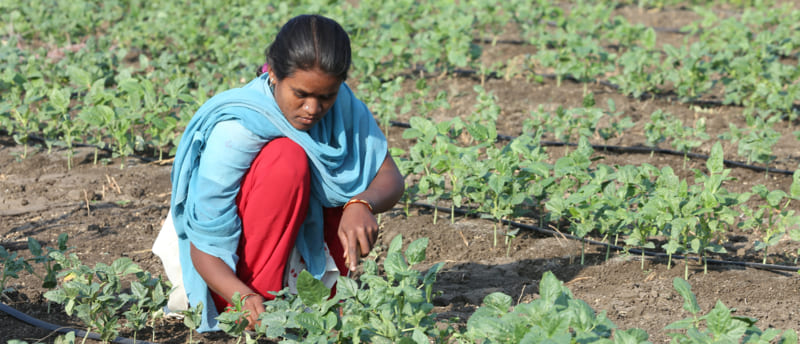Drip Irrigation System Design and Components
Drip irrigation can be described as a micro-irrigation system that delivers water and nutrients to crops and plants efficiently. The controlled distribution of water and nutritional compounds to the plant's roots at regular intervals ensures the crops receive all they need for their optimal growth. Many farmers are opting for drip farming because of the range of benefits it offers. Along with producing a higher yield, drip irrigation systems can help conserve water, energy, fertilizers, and crop protection products.
The main drip irrigation components typically found in a drip irrigation system are:
- Water Source: This could be a tap, well, reservoir, or any other water supply using drip water irrigation kit.
- Drip Filter: Filters are essential for removing debris, sediment, and other particles from the water to prevent clogging of emitters and tubing.
- Pressure Regulator: Ensures that the water pressure remains at an optimal level throughout the system, preventing damage to emitters and ensuring uniform water distribution.
- Mainline Tubing: Serves as the primary conduit for water delivery from the source to the rest of the system. Mainline tubing is usually made of PVC, polyethlene, or another durable material.
- Sub-Mainline Tubing: In larger systems, sub-mainline tubing distributes water from the mainline to various sections or zones of the garden or field.
- Drip Line: These are the distribution lines with built-in emitters that deliver water directly to the root zones of plants.
- Drip Emitters: Devices that control the flow rate of water from the tubing to the plants. Drip irrigation emitters come in various types, including Drippers, micro-sprayers, and bubblers, each suited to different watering needs for.
- Drip Connectors and Fittings: Used to join tubing sections, create branches, and connect emitters. Common fittings in drip farming include couplings, tees, elbows, and valves.
- End Caps and Flush Valves: End caps seal off the ends of tubing, while flush valves allow for easy flushing of the system to remove debris and prevent clogging.
- Pressure Gauges and Flow Meters: Pressure gauges monitor system pressure, while flow meters measure water flow rates, aiding in system monitoring and troubleshooting.
These drip irrigation components works together to create an efficient and precise drip irrigation system, delivering water directly to the root zones of plants while conserving water and minimizing waste. Proper installation, maintenance, and monitoring are essential for maximizing the effectiveness and longevity of the system.








